Article by permission from K4QKY Don Pendergrass




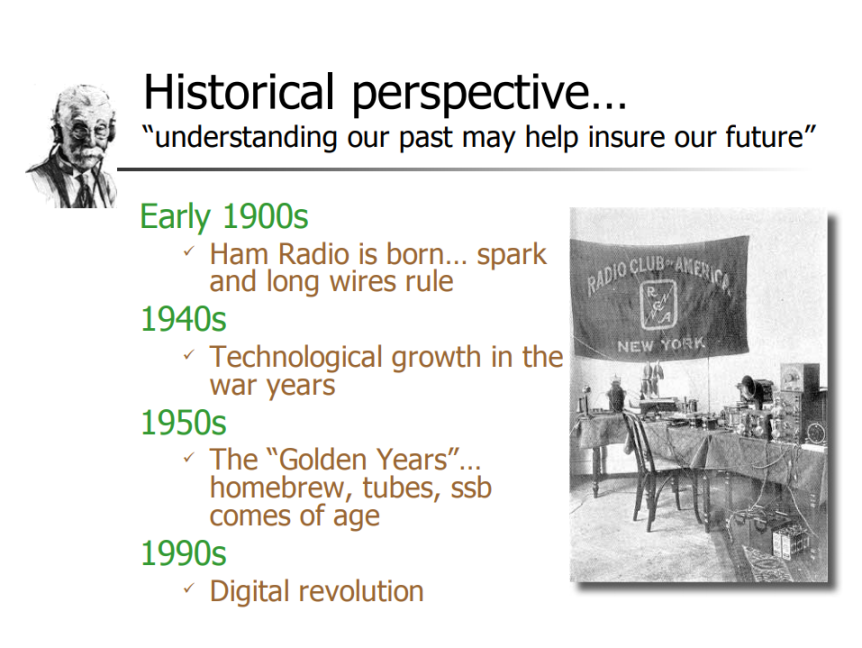


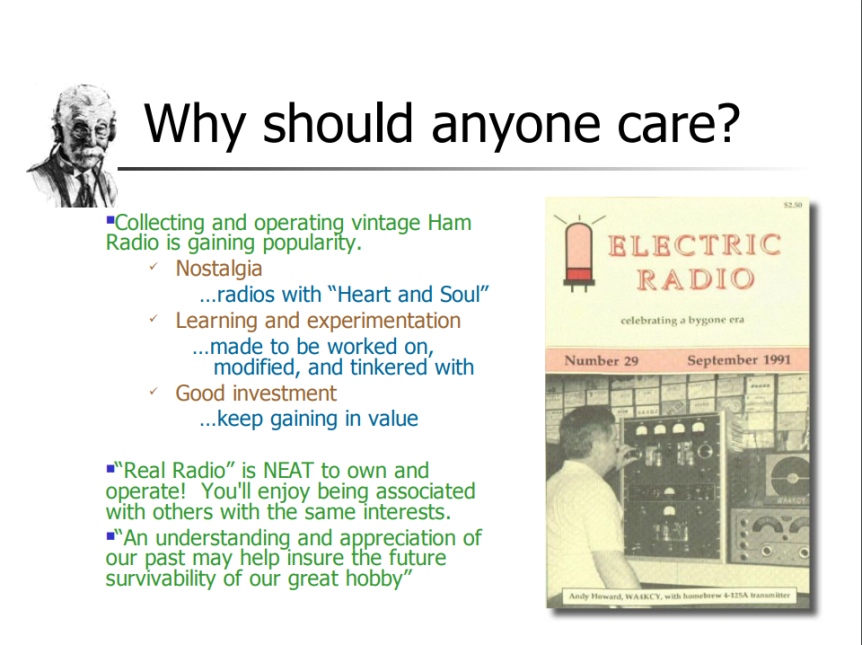





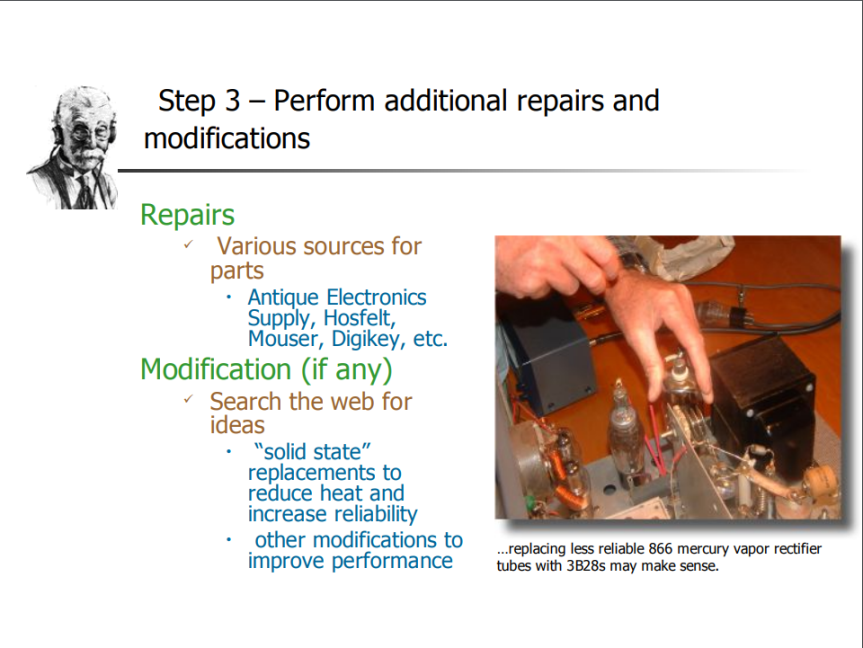


Article by permission from K4QKY Don Pendergrass
















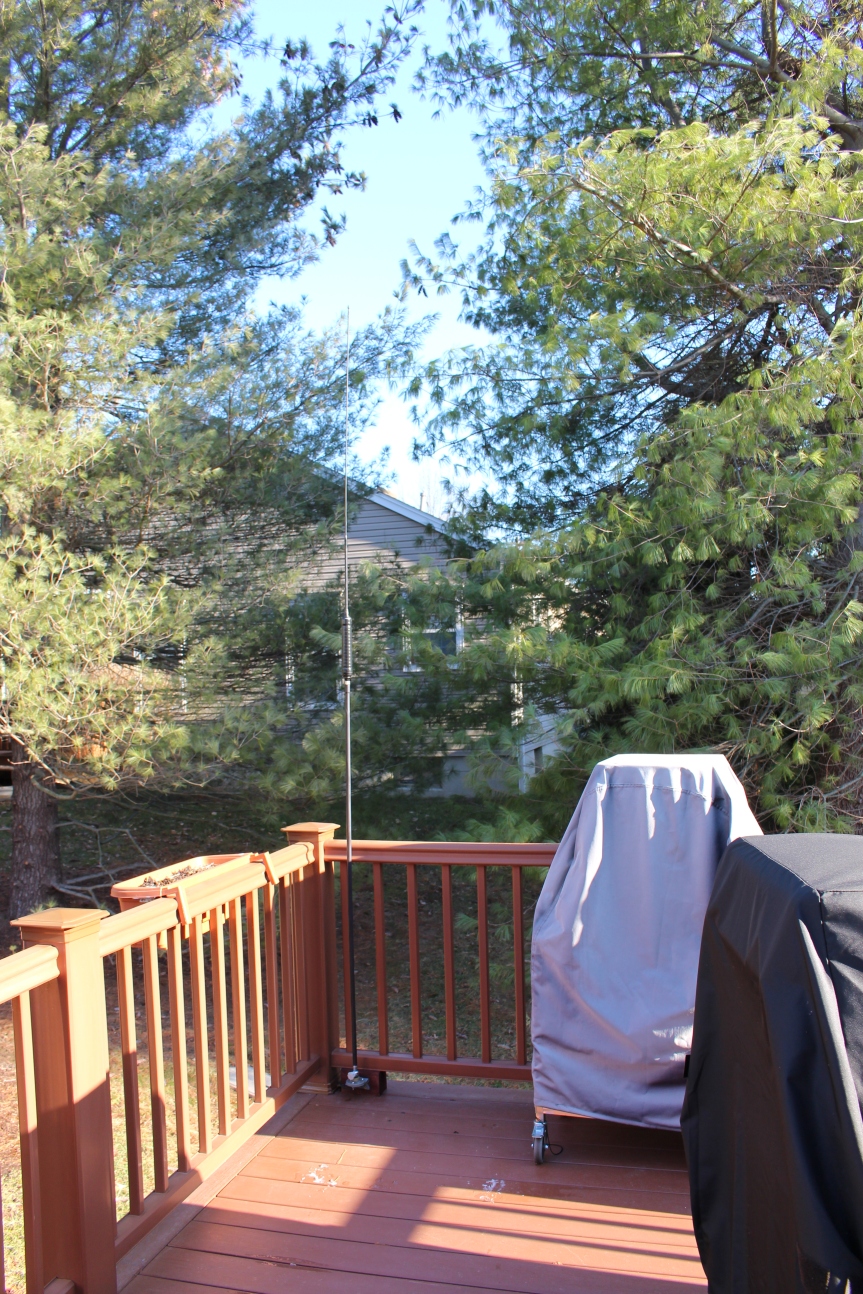
There have been many new Hams using the 985 repeater. It is good to see all the new interest in Amateur Radio and the activity on 985. New Hams have a lot to learn and many aspects of the hobby seem strange and mysterious. Antennas are always an area of much interest to old and new Hams alike. We are always looking for the perfect antenna but generally have little knowledge about how they work. For the new Ham it can be a mysterious and confusing subject.
How can you transmit power through and open circuit or even a short circuit? Why does an open circuit look like a 72-ohm load? These are subjects for a later time.
There are two basic types of antennas, dipole and vertical. The first law of antennas is to make them as big as you can and install them as high as you can. Most Hams do not have the physical space to install a big and high antenna. We therefore begin to make compromises.
Hams do not have an issue installing antennas for VHF and UHF operation. They are small and if mounted at a reasonable location, they will work fine for operating local repeaters. A magnet mount mobile antenna can be put on a cookie sheet, set on the kitchen table and you are on the air. HF antennas are a different story. The lower the band, the bigger and higher the antenna needs to be to get maximum performance. Many Hams do not have the space to install high performance antennas for the HF bands. More and more Hams are living in homes that do not allow outside antennas. To the new Ham it seems like VHF and UHF are the only option.
This article will discuss installing HF antennas in locations that are deed restricted.
I lived on two acres of ground with no restrictions for antennas. I had a short tower with a 5 element 10 meter beam and 3 element 20 meter beam. They were low but the performance was great with well over 250 countries confirmed. In 2006 we moved into a golf course community that does not allow outside antennas. For several years I did not have my HF station set up. Then I put a G5RV Jr. in the attic. I did not operate much for a few more years. The G5RV Jr. did not seem to perform very well. The G5RV Jr. needed an antenna tuner to operate which degraded the performance. When I began to consider retiring and spending more time on Amateur Radio, I started thinking of how to improve my HF performance.
The recent innovation of new forms of digital communications in Amateur Radio began to interest me. I began to operate PSK31 and FT8. These are software programs that take an RF analog signal made of audio tones and decode it into text. Each program operates differently. They are specifically design for low level signals. They can decode signals that are 20db below the average noise floor. Even with my G5RV Jr. I found that I could communicate with DX stations all over the world.
I decided that I wanted better performance, so I began to build and install standard dipole antennas in the attic. I built dipoles for 10, 15, and 20 meters and was able to support center of the dipole to the peak of the roof and attach the ends to the roof joist in an inverted V configuration. This drastically improved my performance. But I still wanted 40 meters. I found that if I built a standard 40 meter dipole and attached the center of the dipole to the peak of the roof at the center of the house, I could extend the ends diagonally from corner to corner of the house when I used an inverted V in a Z configuration. I was able to tune all the antennas to less than 1.5 to 1 SWR and the performance is very good. I no longer needed the antenna tuner to operate on any of the bands. I have confirmed all 50 states on 20 meters, 49 states on 40 meters, and around 25 states on each 15 and 10 meters. I have confirmed 101 countries combined on 20 and 40 meters. I confirmed 25 of 40 zones and 6 of 7 continents.
I was still unsatisfied. I also wanted to work 80 meters. I did not have the internal space for an 80 meter dipole. Back in my RVing days I had purchased a Hustler recreational vehicle mount with a Hustler 54-inch mast and a 20 meter Hustler resonator. While reorganizing the basement I found the antenna and began to think about how I could us it. I considered buying the 80 meter resonator and using the antenna on 80 meters. Then I had to find a place to mount the antenna.
The deck was the logical place but how do I get a ground plane? The antenna was designed to be put on a vehicle where the metal parts in the vehicle would provide the ground plane. A perfect 80 meter ground plane requires at least 32 radials spread 360° each being roughly 66 feet long. I needed another solution.
The ARRL Antenna Handbook is a great resource for new and old Hams alike. I studied the articles in the handbook and finally decided that I would make a ground plane using a 3-foot by 25-foot piece of 1-inch by 1-inch steel fencing as a counterpoise. My deck was very close to the ground, so I decided to roll it out on the ground. I only had 20 feet to roll out the fencing, so I rolled it to the back of the deck and left the remainder in the roll. I then covered the fence with some additional stones, so it cannot be seen by anyone walking past. For decks that are mounted high off the ground the fencing could be tacked to the underside of the deck. I mounted the RV mount on a 4 by 4 and placed it at the corner of the deck furthest away from the house. I connected the fence to the mount with a covered 14-gauge copper wire.
I placed the 54-inch mast and 80 meter resonator on the mount and tuned the antenna to the 80 meter FT8 frequency. I was able to get a 1 to 1 SWR. I immediately began to work Ham stations all over the United States. I still was not happy because the mast was white, and the resonator was white with a stainless-steel whip. It was more visible than I liked. I only work 80 meters at night so I could remove the antenna during the day, but it was still easily seen at night. I therefore purchased black heat shrink tubing and put it on the mast and whip. The resonator was too large for heat shrink, so I wrapped it with black electrical tape. (See the attached pictures.) It now became very difficult to see at night.
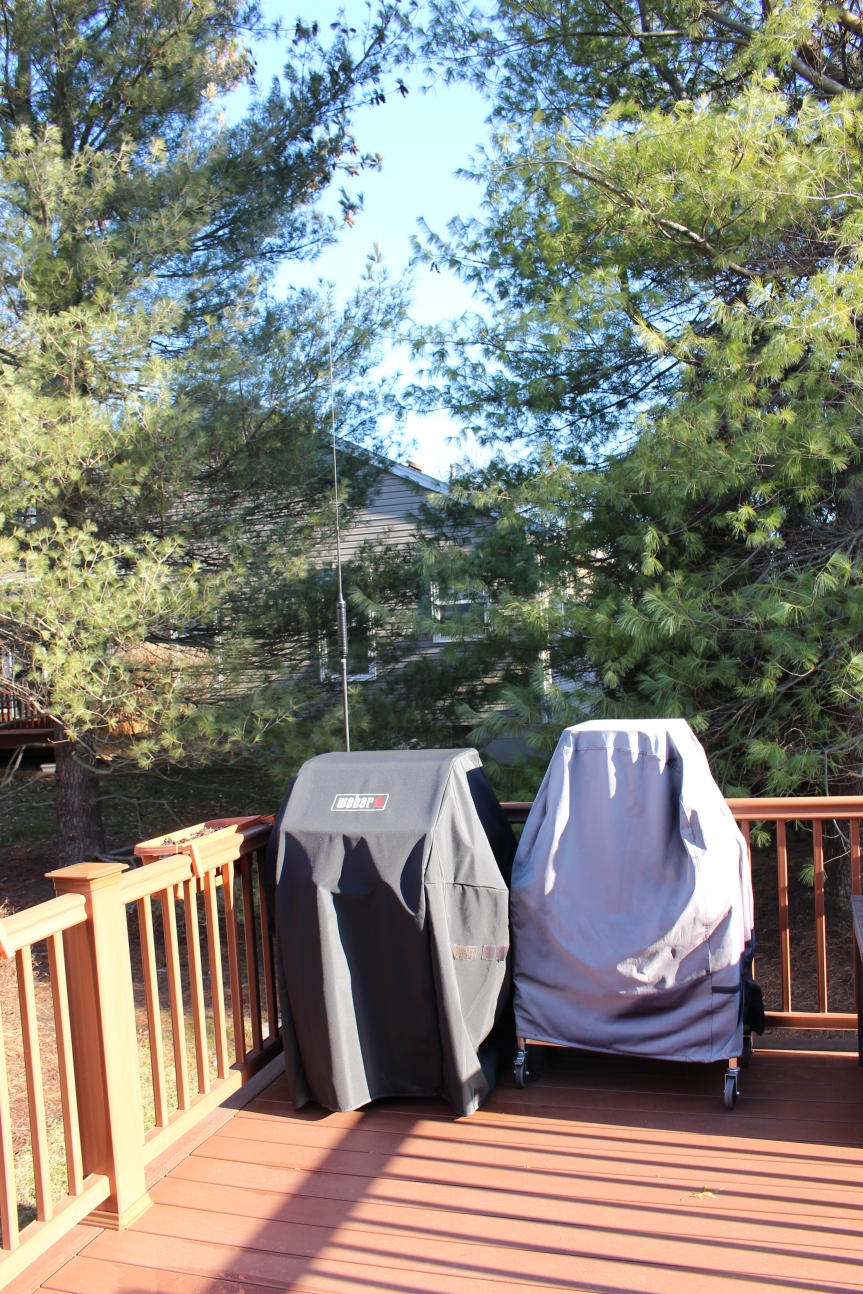
The experienced Hams out there are going to point out that covered radiators have a different impedance than bare radiators. This is true and I had to retune the antenna. Covered radiators are shorter than uncovered. When using mobile antennas, the effects are even more dramatic. They will also point out that radials or counterpoise will change impedance depending on the installation. As with radiators, radials and counterpoise will also change impedance when covered. The impedance is also different when they are installed above ground, on the ground or underground.
The impedance changes due to installation need to be taken into consideration when building the antenna. Not everyone will have enough space under the deck to install a ground plane that will allow a match. In this case install a ground plane as large as the space will allow and put a tuner between the base of the antenna and the ground plane.
Here are a few notes to consider when building a ground plane. The fencing works well on lower bands since the counterpoise needs to be large. When trying to use it on the higher bands the fence counterpoise becomes too large and it is difficult if not impossible to tune. The solution is to add a tuned radial or radials to the base of the mobile antenna for the higher frequency bands. I can now use a 30 meter and 17 meter resonators with the system. These radials may be attached to the underside of the deck. If the deck is accessible from the underside install the radials or fencing so they cannot be contacted by someone walking under the deck. The additional radials will not affect the tuning of the counterpoise on the lower bands.
The performance with the 80 meter Hustler antenna has been very good. In three months, I confirmed all 50 states and 13 countries.
My results using compromised antennas with the original form of digital communication – CW, has been good. When the bands open, I believe I will also have success on 10 and 15 meter phone.
To the new Hams, build your antennas as large as you can and install them as high as you can.
However, do not leave the lack of space or deed restrictions keep you from getting on the air.
There are always alternatives available. Remember you cannot work anyone until you put RF in the ether. Then anything can happen.
Last of all, if you have questions or need assistance, get on the 985 repeater and call for help.
One of the many “senior” OPs will have the answer.
73 GL es GUD DX
WA3BMX
Workbenches of 985 This is the place to see some of the 985 user’s workbenches. If you have a workbench pic, send to KC3CIB
One of the many aspects of ham radio is the repair, restoration and operation of vintage/antique equipment. Here you will find some pictures of antique and vintage receivers, transmitters and transceivers belonging to 985 users. These are either non-restored and in operational condition, non-restored and awaiting restoration, or restored and in operational condition.
If you have any pics of your vintage/antique station or equipment, please send pics and description to KC3CIB.
Click the link to see: Antique and Vintage Radios of 985 Users
The installation of Echolink on 985 has officially started!
For more info and pics click the following link:
NOTE: “Your mileage may vary” depending on fixed/mobile station, antenna, etc… but its a pretty good representation.

Repost. For those who have not seen what the repeater site looks like, watch the video of the tower inspection by drone.
Drone inspection by Ken WB4AM. The easy way to get up 100 feet. What a view!
by Jim Goudie, AF3Z 2nd edition, 2021
CW has taken me all over the world; it’s a blast! It may not be for everybody and it takes some work, but now may be a good time to give it a good try… or another good try!
Reasons NOT to try the code: Your mind is made up; not interested at all; could care less; it’s not your thing! [ Stop reading now 🙂 ]
Reasons to give morse code (CW) a good try:
1. At times you have wished that you could copy the code.
2. It connects you with the roots of radio that go way way back.
3. It can be lots of fun.
4. Your signal often “gets through” more easily and effectively on CW than on phone.
5. You can send it with very simple equipment.
6. Low power CW lends itself to home brewing and kit building.
7. There is a satisfaction that comes from learning to operate CW.
8. Using headphones, operating CW can be very quiet, not disturbing others in the house.
9. CW signals are narrow, low bandwidth, making better use of the bands.
10. You’ll be able to understand those CW IDs on repeaters :-)… and did I mention it’s fun?!
How to get started:
1. Learn the letters by the SOUND and rhythm of each character!
(Not by looking at or talking about dots, dashes, and such.)
2. To get started, I recommend checking out G4FON’s info and software; be sure to watch the video included:
https://www.g4fon.net/CW%20Trainer2.php
*For more, go to http://www.arrl.org/learning-morse-code
3. G4FON’s video is excellent. Until you can take that in, here are some basic principles:
** learn by listening to the characters sent at the speed that is your goal!
** stay with listening until you have learned to hear and recognize the sound and rhythm of the characters. Then work on learning to send well. You learn to ‘speak’ by listening!
** I think learning to send with a ‘straight key’ can help your brain fully absorb the rhythms of morse code. But, G4FON doesn’t feel that is necessary. Check out what he had to say.
** G4FON and I agree 😉 that listening to the code without trying to write or type it down helps your brain learn to put together the words and sentences. It helps you develop the skill of sending and receiving the code conversationally.
*** To “think” and “say” code, use ‘dits’ and ‘dahs:’ A = didah B = dahdididit C = dahdidahdit. Notice! There is a “t” in a ‘dit’ only at the end of a letter or character!
In this multi-part series, we’re going to discuss what tools and gadgets we think are essential for the ham’s toolbox. For my part, I’ve been a licensed ham and an electrical engineer for enough decades to have seen my share of the excellent, the decent, and the truly ugly when it comes to tools and equipment. One of the very foundational items every ham needs is a multimeter.
This article will discuss Digital Multimeters (DMMs). All DMMs measure voltage, resistance, and usually current but some have additional features like measurements of capacitance, frequency, temperature, and other parameters. You can buy a DMM for less than $10. You can buy one for $400. They both fit in one hand, have test leads, and display some numbers. Sometimes the cheap meters have more features than the expensive ones. So, what’s the difference?
Let’s ignore the features for the moment and look at basic survivability, both the meter’s and your own. Most any meter can measure a flashlight battery or your 13.8 volt power supply. Even a cheesy meter can be used for resistance measurements and general puttering around the test bench. That’s usually easy and fairly safe. Things get more serious when you’re measuring electrical utility power sources such as standard 120 volt wall outlets, 240 volt lines in breaker panels, or even the main feeders before the big breaker in your home panel.
Properly-rated DMMs have Category numbers which are displayed as Roman numerals, I through IV (1 through 4). There is an excellent write-up on meter safety including the rating system on the Fluke website (http://content.fluke.com/promotions/promo-dmm/0518-dmm-campaign/dmm/fluke_dmm-chfr/files/safetyguidelines.pdf). In short, it’s all about the energy that’s available at a given point in an electrical system.
Consider these word pictures:
What changes in each case? The speeds are the same. The available impact energies are vastly different. On the end of an extension cord you can get spikes up to 6kv or 200 amps during a short. At the mains it can be 10,000 volts or 10,000 amps!
DMM category numbers are based on where you are in the electrical system and the voltage you’re measuring. A cheap meter, if it’s rated at all, might be rated Category I, 250 volts. Category 1 means you’re hiding behind your main circuit breaker and your branch breaker and many feet of small wire so they can’t convey huge amounts of current. If a high-energy line spike strikes at the wrong moment when measuring your AC line, your wall outlets will arc over at 6000 volts which will limit the damage to your meter. In that position you’re probably OK when measuring up to 250 volts unless the meter is total junk. If your meter arcs internally, it probably won’t explode because the electrical system is energy-limited. It may smoke and make bad smells. Then you’ll go buy a better meter. On the other extreme is the full unprotected mains to your breaker panel. It is fed from a huge transformer through fat wires. If a line spike causes your meter to arc and short with that combination there is little to prevent a giant blast of energy, thousands of amps, from instantly incinerating your meter and possibly blowing up in your face. If your cheap meter has crummy test leads, they may act like fuses and burn off first. The mains are where Category IV meters are required. They’re equipped with big energy-limiting fuses and other safeguards to limit the destruction. Unless you’re an electrician you probably have no business measuring unprotected mains anyway.
What’s a ham to do?
That’s enough for this episode. Get a good meter. You’ll be glad you did.
73,
Chuck- NA3CW
Power Seduction, Part 97 — by Jim Goudie, AF3Z
This is not part 97 in a long series of articles. Rather, it’s about how power can be seductive, and how we often ignore this section of Part 97 of the Amateur Radio Service rules:
“§97.313 Transmitter power standards. (a) An amateur station must use the minimum transmitter power necessary to carry out the desired communications.”
Honestly, that rule doesn’t always work. Some equipment can only be set at high or low power. On 2m FM, ‘low’ power may be higher than needed for a good QSO but your radio won’t go any lower. On HF, the amount of power needed can be changing from moment to moment; it’s not always easy to know how much power you need.
So this rule can be hard to follow and to enforce, but ‘the spirit’ of the rule is good. Without nit picking and getting legalistic about it, keeping output power at a reasonably low level helps to reduce interference (QRM) and maximize the good use and enjoyment of the amateur radio bands.
That’s the easy part. This is all complicated by the fact that power is seductive, and not just in politics. I enjoy running QRP CW, at times. In a recent two-hour QRP CW contest, I ran about 1.3 watts, worked 9 states, and got signal reports S6, S7… I guess I could have reduced my output but I didn’t! Other times when I’m not required to run low power for a QRP activity I tend to feel that I need more power which often isn’t true. I run mostly HF CW. With SSB or AM more power will be needed; digital modes get through with less. My point is that it’s often tempting to run more power than needed.
Where we can get fooled is thinking that power is more powerful than it is. Yes, if your signal is marginal, a little more power may make the difference and get you out of the noise. Otherwise, a modest power increase may not help as much as you hope.
Doubling your power output doesn’t make your signal twice as loud! For extra credit, read up on logarithms and decibels, because the relationship between the power level and the loudness we hear is not linear, it’s ‘logarithmic.’
Doubling your power yields a 3 db increase. That is just enough to start noticing that the signal is a bit louder; less than 1 S unit; nowhere near twice as loud!. S meters vary, but it may take 5 or 6 db to get an increase of 1 S unit. Crank up your power 10 times— 50 to 500 w, 100 to 1,000 w — and that gets you about 2 S units (10 db) on the meter.
So, think clearly; power can be seductive as well as helpful. Getting the power question right helps us have effective stations while avoiding unnecessary QRM and expense. §97.313 may turn out to be a mentor and friend we do well not to ignore.
You must be logged in to post a comment.